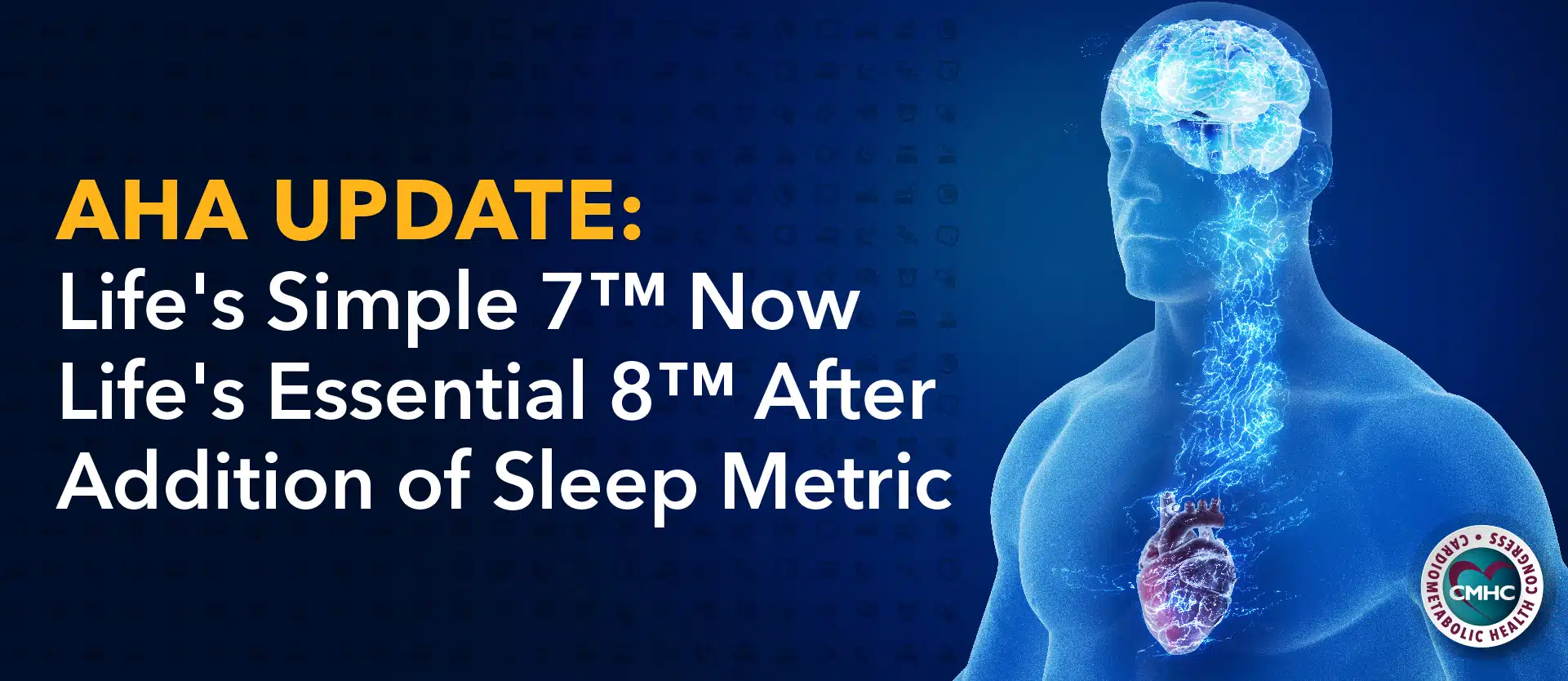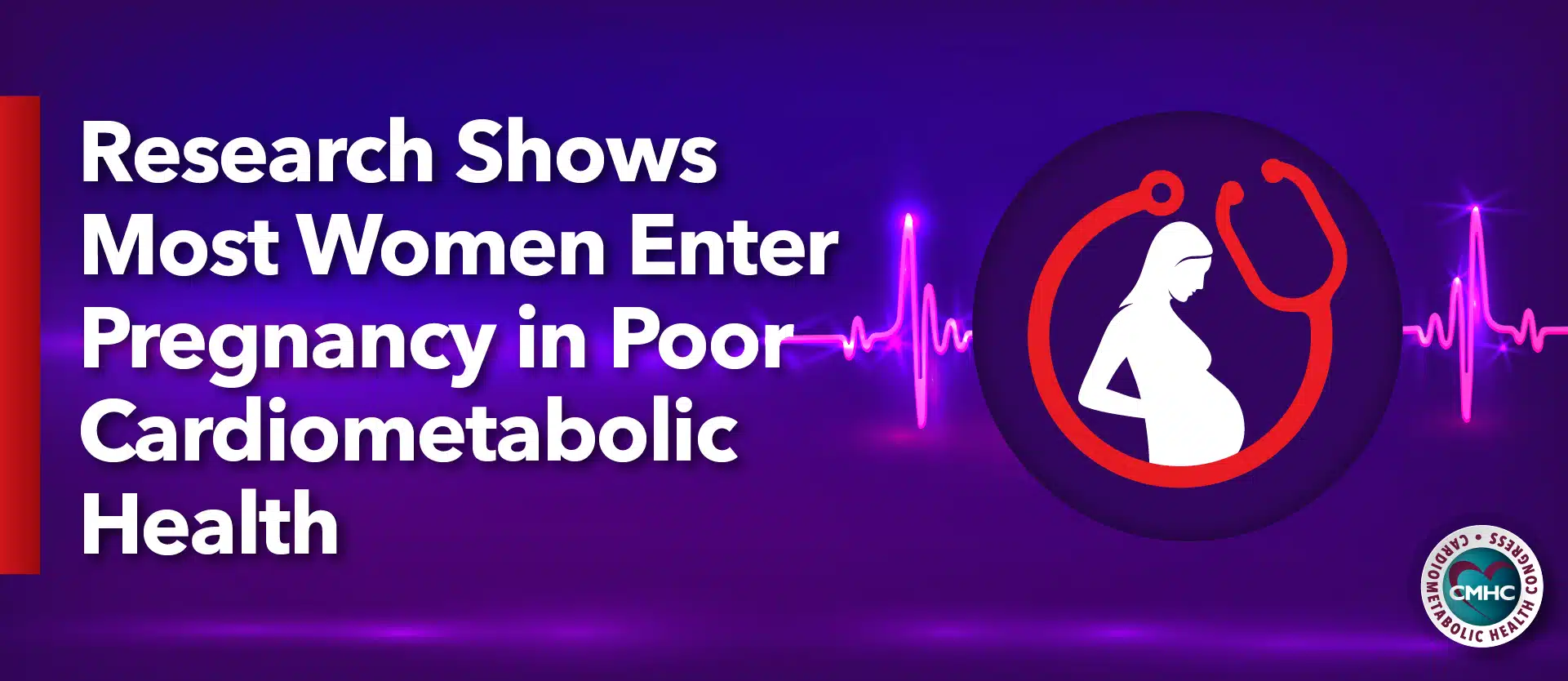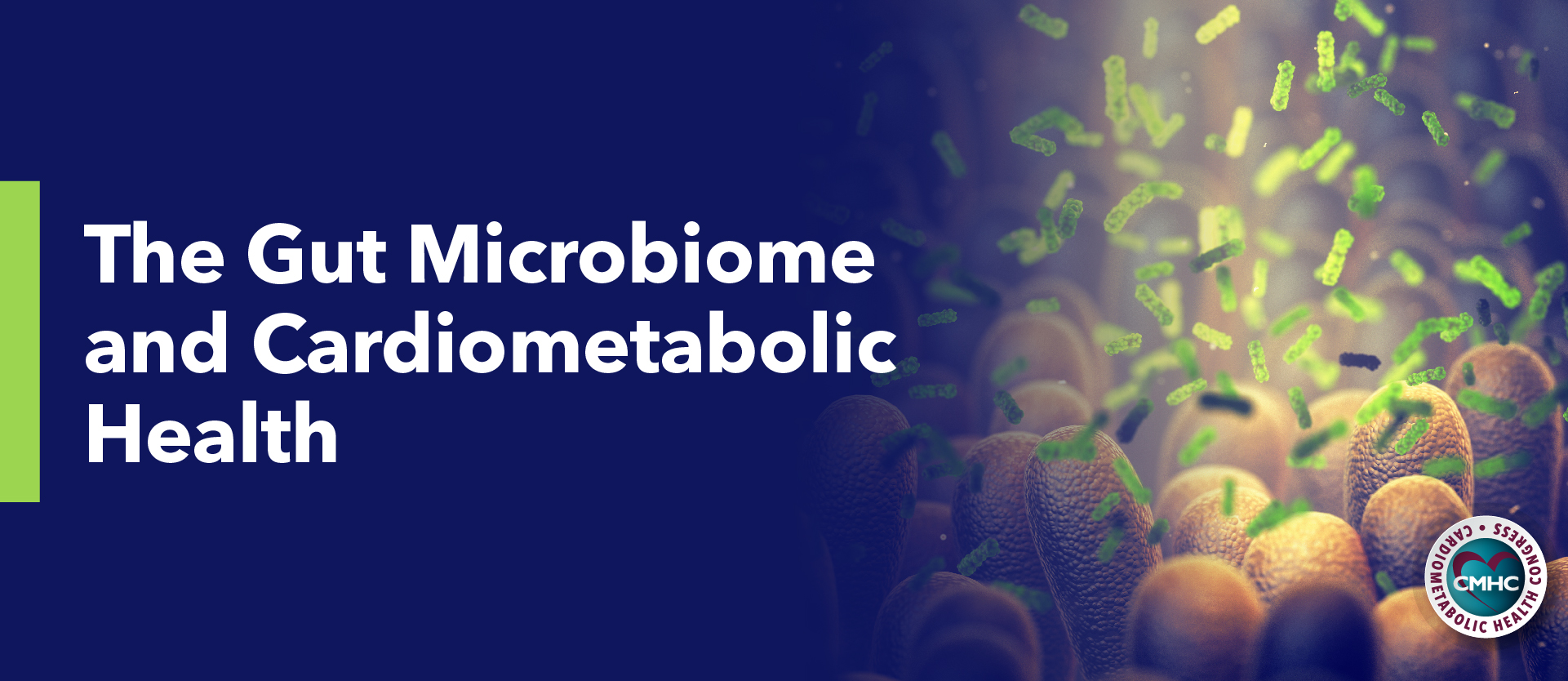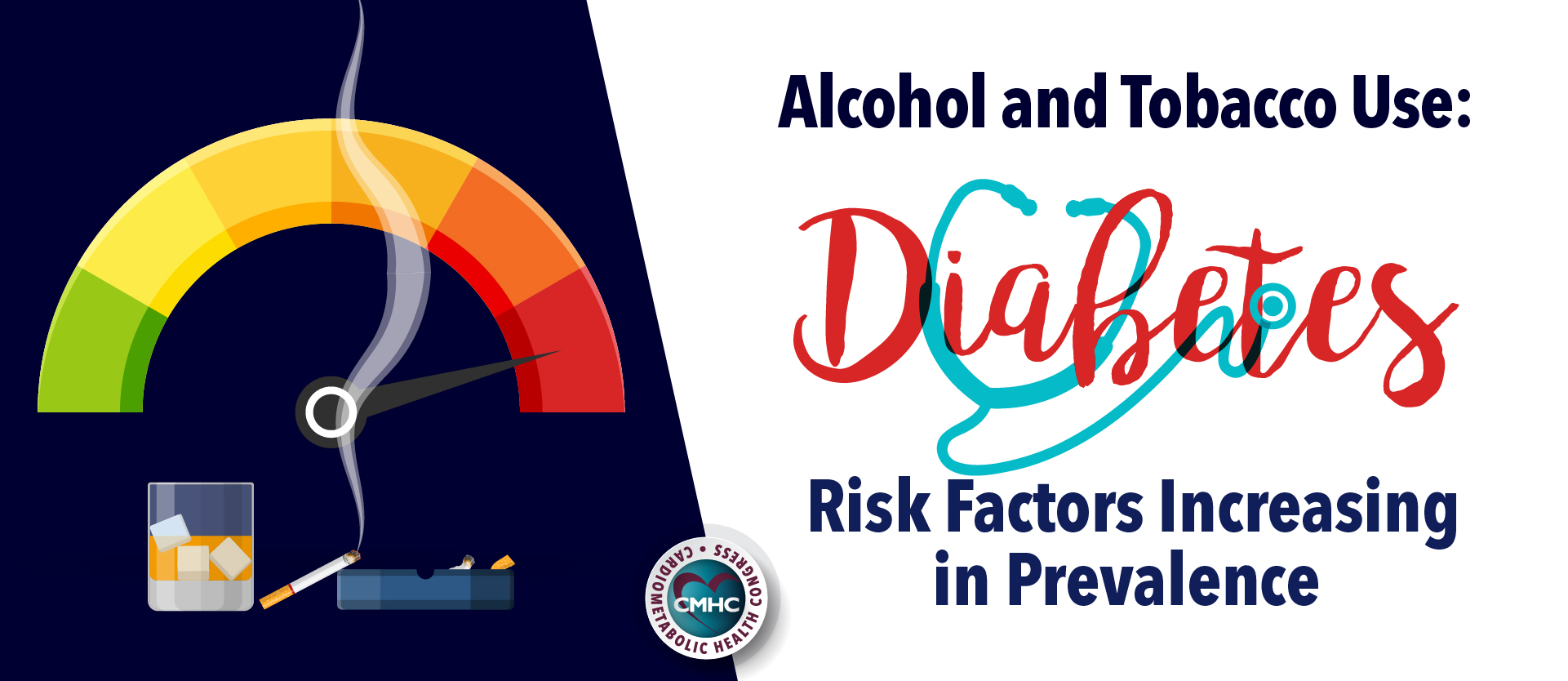In 2010, the American Heart Association (AHA) created a checklist to identify specific health behaviors and factors that drive optimal heart and brain health. The original Life’s Simple 7™ included seven core areas that contribute to optimal heart health: nicotine exposure, physical activity, diet, weight, blood glucose, cholesterol and blood pressure. This week, drawing on data from a 2017 AHA Presidential Advisory and a 2021 Scientific Statement on the mind-heart-body connection, the AHA has updated this checklist to include another vital metric: sleep. The sleep metric in Life’s Essential 8™ suggests 7-9 hours of sleep daily for optimal cardiovascular health for adults, and more for children depending on age.
The need to identify and control cardiovascular risk
Cardiovascular disease is the leading cause of death worldwide. The AHA estimates that “121.5 million people in the U.S. have high blood pressure, 100 million have obesity, more than 28 million people have type 2 diabetes, and only 1 in 4 adults reported achieving the physical activity and exercise recommended in the U.S. Department of Health and Human Services’ Physical Activity Guidelines for Americans, 2nd edition.” Research suggests that 80% of all cardiovascular events could be prevented by lifestyle modifications to reduce cardiovascular risk factors.
Life’s Simple 7™ revisited
Twelve years after the AHA published Life’s Simple 7™, new discoveries about ways to measure cardiovascular and brain health necessitated a revisit to each component in more detail. Four of the original metrics (diet, nicotine exposure, blood lipids, and blood glucose) were amended to align with newer clinical guidelines or compatibility with new measurement tools, and an eighth sleep measure was added. Also, the scoring system can now be applied to children.
Life’s Essential 8™
Per the AHA, the new Life’s Essential 8™ are:
- Diet (updated): A new guide to assess diet quality for adults and children at the individual level (for individual health care and dietary counseling) and at the population level (for research and public health purposes).
- At the population level, dietary assessment is based on daily intake of elements in the Dietary Approaches to Stop Hypertension (DASH) eating pattern. The DASH-style diet score has eight components: high intake of fruits, vegetables, nuts and legumes, whole grains, low-fat dairy, and low intake of sodium, red and processed meats, and sweetened drinks.
- For individuals, the Mediterranean Eating Pattern for Americans (MEPA) is used to assess and monitor cardiovascular health. The MEPA is a DASH-style eating pattern that can be measured with 16 yes or no questions about the weekly frequency of eating olive oil, vegetables, berries, meat, fish, dairy, grains, etc. The MEPA screener does not include consumption of sugar-sweetened beverages, so clinicians are encouraged to ask at the time of assessment.
- Physical activity (no changes): Activity is measured by the total number of minutes of moderate or vigorous physical activity per week, as defined by the U.S. Physical Activity Guidelines for Americans, 2nd edition. The optimal level is 150 minutes of moderate physical activity or more per week or 75 minutes per week of vigorous-intensity physical activity for adults; 420 minutes or more per week for children ages 6 and older; and age-specific modifications for younger children.
- Nicotine exposure (updated): Use of inhaled nicotine-delivery systems, which includes e-cigarettes or vaping devices, is added since the previous metric only monitored traditional, combustible cigarettes. This reflects use by adults and youth and their implications on long-term health. Life’s Essential 8™ also includes second-hand smoke exposure for children and adults.
- Sleep duration (new): Sleep duration is associated with cardiovascular health. Measured by average hours of sleep per night, the ideal level is 7-9 hours daily for adults. Ideal daily sleep ranges for children are 10-16 hours per 24 hours for ages 5 and younger; 9-12 hours for ages 6-12 years; and 8-10 hours for ages 13-18 years.
- Body mass index (no changes): The writing group acknowledges that body mass index (BMI) is an imperfect metric, yet it is easily calculated and widely available; therefore, BMI continues as a reasonable gauge to assess weight categories that may lead to health problems. BMI of 18.5-24.9 is associated with the highest levels of cardiovascular health. The writing group notes that BMI ranges and the subsequent health risks associated with them may differ among people from diverse racial or ethnic backgrounds or ancestry. This aligns with the World Health Organization’s recommendations to adjust BMI ranges for people of Asian or Pacific Islander ancestry because recent evidence indicates their risk of conditions such as CVD or Type 2 diabetes is higher at a lower BMI.
- Blood lipids (updated): The metric for blood lipids (cholesterol and triglycerides) is updated to use non-HDL cholesterol as the preferred number to monitor, rather than total cholesterol. HDL is the “good” cholesterol. Other forms of cholesterol, when high, are linked to CVD risk. This shift is made because non-HDL cholesterol can be measured without fasting beforehand (thereby increasing its availability at any time of day and implementation at more appointments) and reliably calculated among all people.
- Blood glucose (updated): This metric is expanded to include the option of hemoglobin A1c readings or blood glucose levels for people with or without Type 1 or Type 2 diabetes or prediabetes. Hemoglobin A1c can better reflect long-term glycemic control.
- Blood pressure (no changes): Blood pressure criteria remain unchanged from the Association’s 2017 guidelines that established levels less than 120/80 mm Hg as optimal, and hypertension defined as 130-139 mm Hg systolic pressure (the top number in a reading) or 80-89 mm Hg diastolic pressure (bottom number).**
The AHA also examined the impacts of stress, mental health and social determinants of health, such as access to health care, income or education level, and structural racism, which are critical to understanding the foundations of health, particularly among people from diverse racial and ethnic populations.
**This list was taken from the AHA’s 2022 Presidential Advisory
Using the tool
Physicians can employ the AHA’s Life’s Essential 8™ using My Life Check tool, which scores patients from 0 to 100 points. Total cardiovascular health is scored from 0-100 using the average of all eight health measures. An overall score below 50 indicates poor cardiovascular health, a score from 50-79 is considered moderate, and a score of 80 or above indicates high cardiovascular health. The AHA recommends measuring cholesterol, blood sugar, blood pressure, height and weight at least every five years for the most complete and accurate Life’s Essential 8™ score.
Key takeaway
The AHA’s updated Life’s Essential 8™ may advance clinicians’ ability to assess cardiovascular health and can be used to optimize cardiovascular health for people of all ages. The addition of the sleep metric in June 2022 takes into account how important sleep is in cardiovascular and brain health and longevity.
Sources:


















